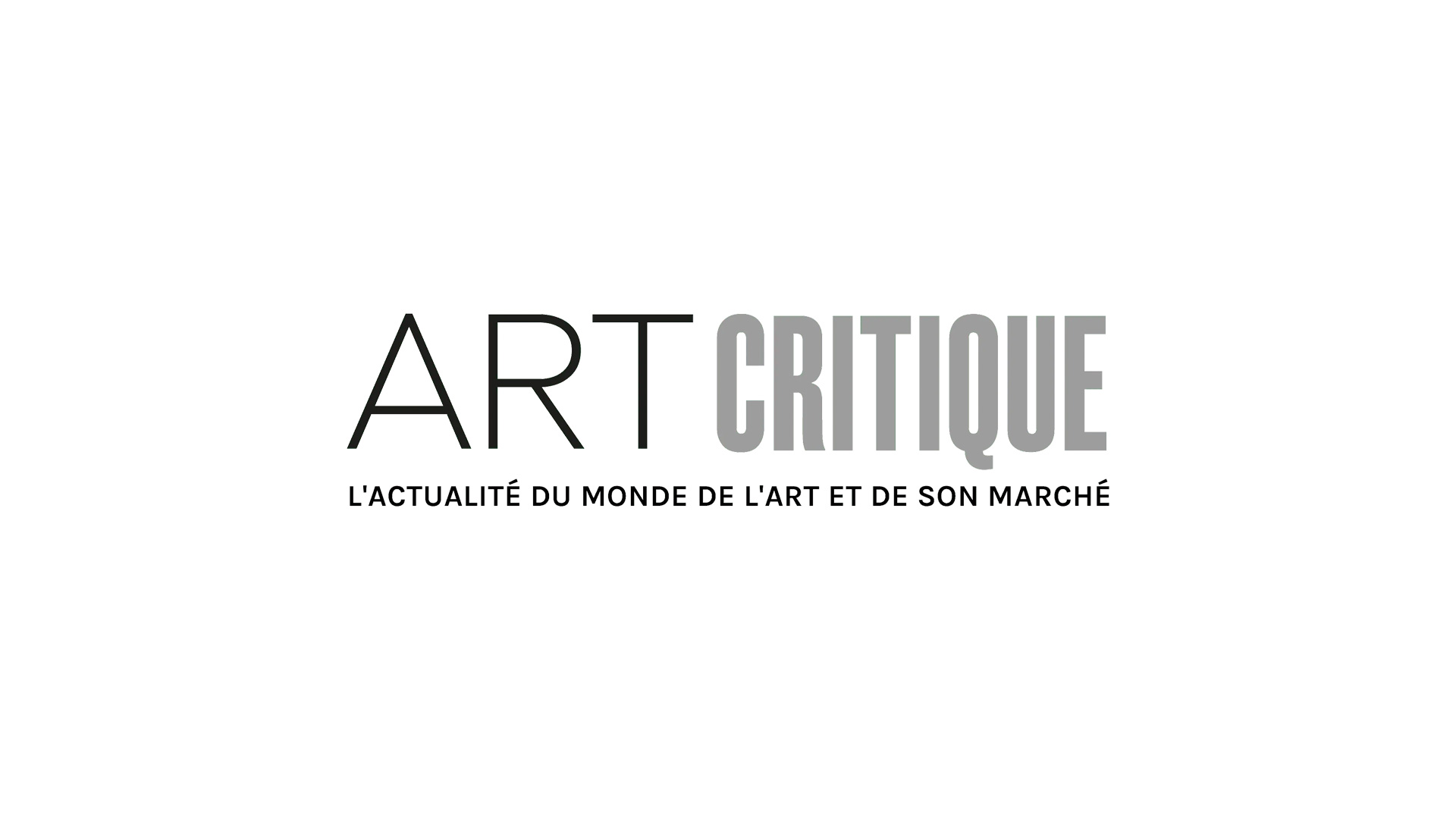The wave of anti-racism sparked by the murder of George Floyd in Minneapolis, Minnesota, exacerbated by centuries of injustice and colonialism’s ugly past, continues its worldwide spread. The kinds of critical questions prompted by the Black Lives Matter movement have touched every industry – and museums are no exception: Are museums successfully integrating People of Color (POCs) into their staff? Are they questioning “best practices” and rethinking structure, exhibitions, or labels? Are they comfortable with being forums for uncomfortable discussions? While some museums are more proactive than others, it is clear that they need to do more.
Monuments glorifying the accomplishments of white men are being toppled in Europe and the United States. The organization Decolonize this Place helped remove the President Teddy Roosevelt statue that had welcomed visitors on the steps of the Museum of Natural History. The equestrian sculpture depicted the former president flanked by an almost nude indigenous man and an African-American man.
Ellen Futter, the President of museum’s board, released a statement on their website following her decision to remove the statue: “As we strive to advance our institution’s, our City’s, and our country’s passionate quest for racial justice, we believe that removing the statue will be a symbol of progress and of our commitment to build and sustain an inclusive and equitable Museum community and broader society.” This success is just one example of the anti-colonialism and anti-racism reckoning the museum world will face in the decades to come.
Museums have long been considered keepers of knowledge and credible educational institutions. According to the American Alliance of Museums, “The American public considers museums the most trustworthy source of information in America, rated higher than local papers, nonprofit researchers, the U.S. government, and academic researchers.” Disregarding information about acquisitions, artists’ perspectives, or tough historical moments in the presentation of objects can not only be damaging but also misleading. Museums must take a hard look at their collections, especially those of non-western art objects, and ask hard questions that could lead to the repatriation of some objects and a complete redesign of other exhibitions.
It will not be enough to act upon collections. The change will need to begin from within, with the staff that cares for objects and run museums. In an open letter to New York City’s Cultural Institutions, POCs and their affiliates working at institutions such as The Metropolitan Museum of Art, The Metropolitan Opera, The Museum of Modern Art, and The Guggenheim Museum have banded together to demand immediate action.
In a representative statement justifying the long-overdue call to end systemic racism rooted in museums across the world, the letter states “We write to inform you that we will no longer conform to your forced silencing when we complain about the lack of commitment to the well-being of Black/Brown employees and patronizing, yet dismissive responses we are provided when we report bullying/work-place hostility, unfair practices, unequal pay, lack of growth…etc.”
As a Latina museum educator working in a cultural organization, I identify with many of the action items listed in the open letter to improve diversity and inclusion, including the review of harmful practices to POCs, seeking diverse board recruitment, and forming definite plans to implement anti-bias and anti-racist training. These requests for action will be difficult to achieve without the active participation of the museums’ predominately white leadership and Boards of Trustees. While we are engulfed in this socio-political change, the necessary changes will only come from continually asking critical questions and demanding accountability and transparency.
Although visitors may not know it, they are influential in decision making. The museums they support and the exhibitions they attend play a crucial role in determining artworks they acquire and the shows they schedule. Write to your local museum and tell them about your experience, whether it be good or bad. Visitor feedback and patronage can be a more powerful influence than employees’ grievances. I encourage all museum enthusiasts and goers to raise your voices and be critical thinkers when entering these forums of creativity and knowledge. Your opinion matters.





